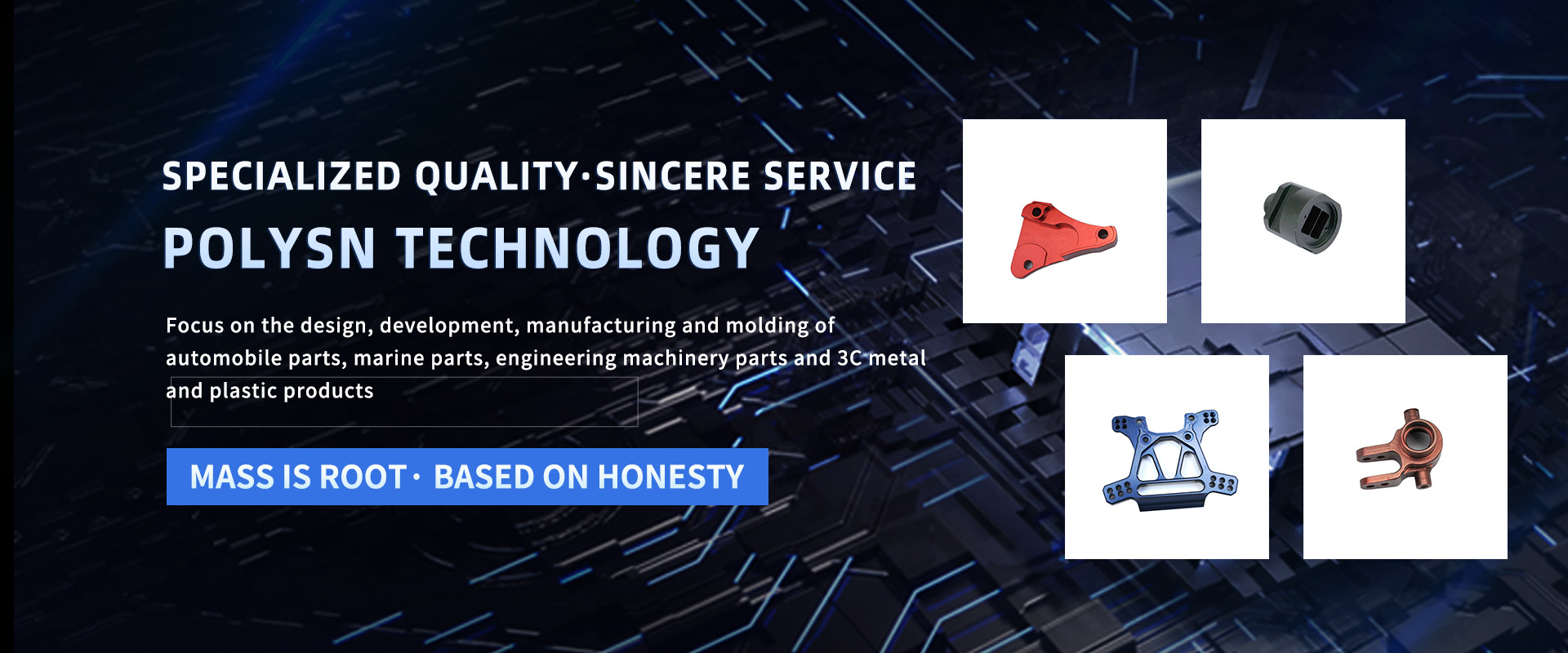What are the basic processes of metal stamping? What are the requirements? Huiyuan precision hardware processing manufacturers and quickly understand from 5 aspects, including: material selection, stamping structure, stamping mode, parts performance and processing costs.
1, the first thing to look at in the metal stamping is what type of material, because different materials need to use different stamping process, the technical requirements for product design are also different. Such as machining, electroplating, welding and so on.
2, the design structure of stamping parts, according to different parts design, the selection of stamping die is different, the use of simple and reasonable structure of the surface (such as plane, cylindrical surface, spiral surface) and its combination is a more commonly used, and should try to make the number of processing surface and processing area is small.
3, stamping methods, the use of profiles, casting, forging, stamping and welding in metal stamping is a more common stamping method, the choice of reasonable mechanical manufacturing blank preparation can, of course, in the process of production batch, material properties and processing possibilities are also in the scope of production technology, not all material processing are suitable for stamping method.
4, parts forming performance, forming performance and material selection and parts design is also closely related to the forming process, in order to improve the quality of stamping deformation and parts, materials should have good plasticity, small bending ratio, plate thickness directional coefficient is large, plate plane directional coefficient is small, the ratio of yield strength and elastic modulus of materials is small. For the separation process, the material does not need to have a good plasticity, but it should have a certain plasticity, the better the plasticity of the material, the more difficult to separate.
5, hardware stamping processing costs, general stamping processing costs are based on the processing accuracy of the parts themselves, the higher the accuracy of the higher the cost, therefore, in the absence of sufficient basis, should not pursue high precision. Similarly, the surface roughness of metal stamping parts should also be made appropriate according to the actual needs of the surface.

